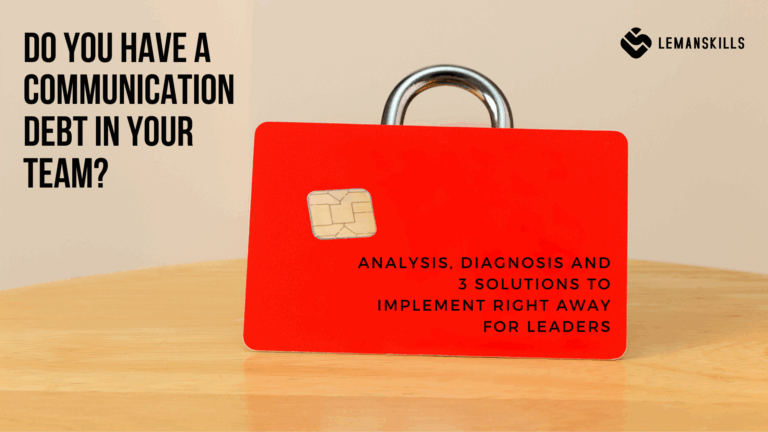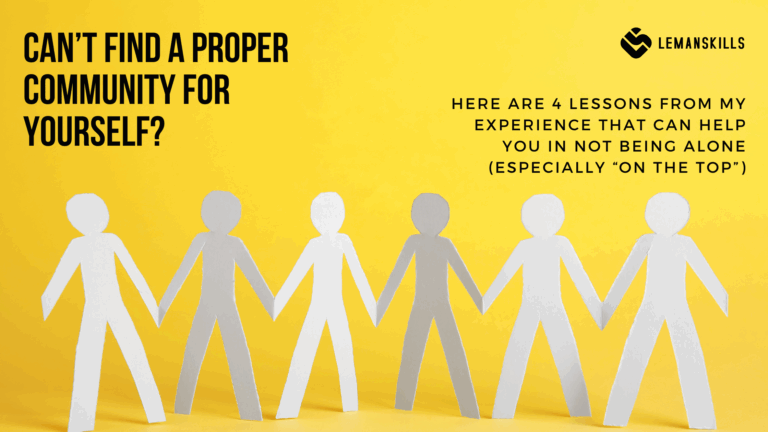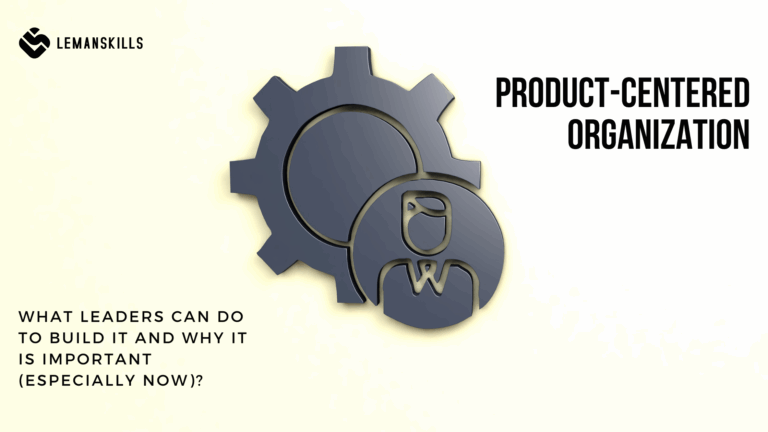Do you remember the last time when you felt great about yourself, empowered? You were walking on the street with your head high, your back straight up, maybe with a smile on your face. Or when you delivered a great value at work, somebody recognized you for that and you told yourself ‘Well, it was worth the time and energy. I’m proud of myself’.
And how many times, on each of those great moments, you felt bad about yourself? That you are not good enough, smart enough, thin or tall enough. That you are not sophisticated enough, or rich enough. How many times you achieved something, and right after doing it you thought ‘meh, I could’ve done better’?
We beat ourselves too much, instead of being proud of what we achieve every single day. Let’s see what we can do about it. Let’s answer the question: How to feel more empowered?
Define the moments when you feel most empowered
Each of us is different. We have different personality types, different skills, levels of energy during the day. We are more extroverted or introverted. We like different things, and we structure our time around different elements every day. We have different values, beliefs, experiences that shaped us. We live different lives.
Look how many things make us unique in this huge world. It means that there is no such thing as one, beautiful list of elements that you can do to feel better about yourself. You need to be curious. Turn on a developer mode and explore yourself to decide what is accurate to you, in this certain moment of your life.
Think about moments / situations when you feel the most empowered and you think the best about yourself. Take a closer look on different categories of your life, take into consideration:
- work (i.e. certain projects, clients, meetings),
- growth (i.e. new job, accomplished training, certification, finished studies, speech given to the audience),
- sports (i.e. training new discipline, finished competition, mountain peak reached),
- health (i.e. no candy for a week / month, quitting smoking or eating fast-food),
- relations (i.e. new relationship, wedding [or divorce, it can be empowering experience too], birthday party that your friends organized for you).
Take anything you want because we all can be empowered by something completely different. What empowers me does not necessarily make you feel the same way.
Make a list of those moments or elements. Pick 3 of them that you can do again, soon. Then pick 1 of those three and plan it for this week. Your brain needs to see some quick results to believe that this feeling can be true. And once you start, it will be easier to do more of them, to see what works for you and what makes your life better.
Check if you are in OK-OK place
Transactional Analysis as a concept has many tools. Some of them are more complex, some of them are really simple and easy to use. I am going to introduce to you those simple ones in my articles, so you can implement them right away, without having a degree in psychology.
The OK-Not OK Matrix is one of my favorite tools in TA. It is an easy way to check where you are with your beliefs and emotions in a certain moment, since it effects your behavior, decision making process and your way of communication.

- OK – Not-OK quadrant appears when you think that you are fine, but others – not so much. Example: ‘I always do everything I can to finish my list of tasks before the day ends, and he never does it. He always works 9-5 and then – regardless of how many things are undone, he just closes his computer and goes home. Ugh, I hate it!’.
- Not-OK – Not-OK quadrant appears when you think that you suck, but other people too, or you have this belief that the environment / organization / economy / world is bad. Example: ‘My goodness, I am so bad at this, but I cannot learn since I don’t have time for anything in this company. My manager always gives me more to do, the colleagues are not helpful at all, and I need to do everything on my own, even if I have no idea what I’m doing’.
- Not-OK – OK quadrat is a low self-esteem quadrat. We are there when we think that everybody is perfect, except for us. Example: ‘Ugh, everybody has somebody, and I’ll die alone with my cats’.
- OK – OK quadrant is the one that we should aim every day. This is the space where we are fine, and everybody are fine too. I have good intentions and people have good intentions as well. Of course, not everything and everybody is perfect, but we aim to be the best version of ourselves, we support each other, we share knowledge and work as a team.
Check with yourself, in how many daily situations you are OK-OK, and in how many of them you are somewhere else in the matrix. What can you do to move more of those situations or beliefs you have to OK-OK quadrant?
Find a person that can support your empowerment
It is a common said that ‘we are the average of the five people we spend the most time with’ (here is a great article about that statement: https://maartenvandoorn.medium.com/you-are-the-average-of-the-five-people-you-spend-the-most-time-with-a2ea32d08c72).
And it is so true. People can be your biggest support and inspiration. Or they may be energy vampires, who want to bring you down to their level, since they cannot stand that somebody can be successful, wealthy, happy. It is cultural though; I can tell you that we have a lot of the second attitude in Poland.
Make a list of those 5 people that you spend the most of your time with. Take a look on that list. Which of those people are good influence, which of those are bad? Giving you energy or sucking you out of it? Inspire you or making you come back to bed and just go to sleep?
Then, think about one inspiring or successful (in your own definition of inspiration or success) person that you know, but you are not so close. Maybe you were in the past, but then you changed your job, you moved to another city, or you had a child and stopped going out and meeting people.
Make a contact with that person. Write on social media, make a call. Ask ‘how are you’? Have a coffee. Make an influence on this group of 5 people. Be reactive, don’t wait for something to happen to you. Choose what’s happening.
The bottom line
It is not about feeling inspired, energized or full of ideas every single minute of every day. I would like to encourage you to take a closer, more mindful look on how you live your life. When you live the most of it? When you feel the best? And what can you do to feel that way more often?
Ask yourself those questions and decide on what to do next to feel empowered and in charge of your own destination.




